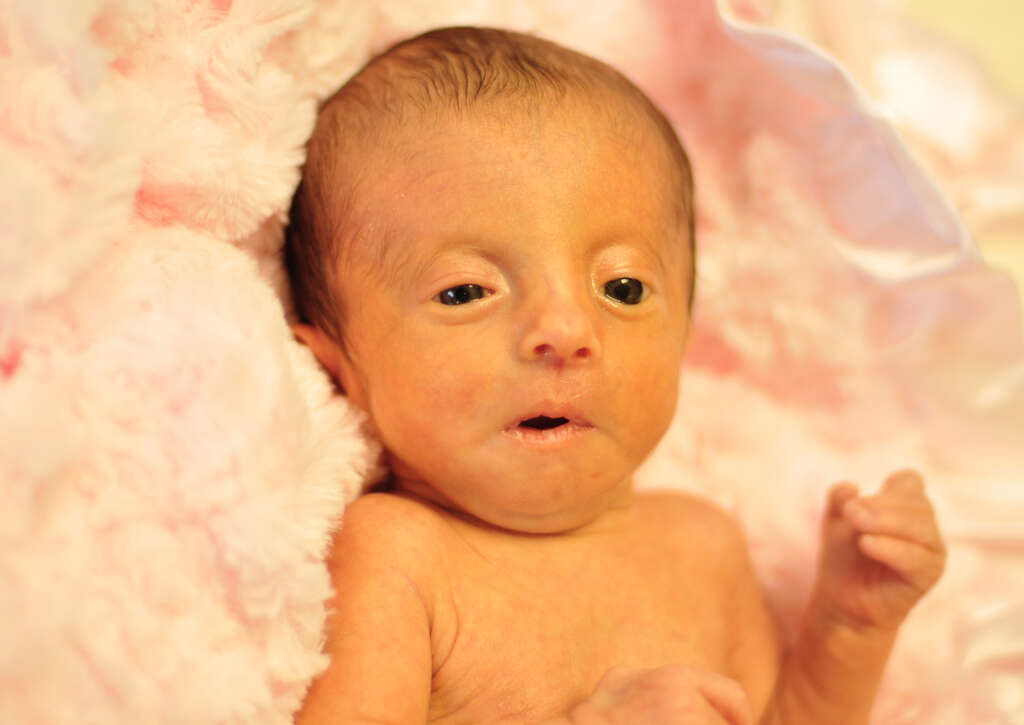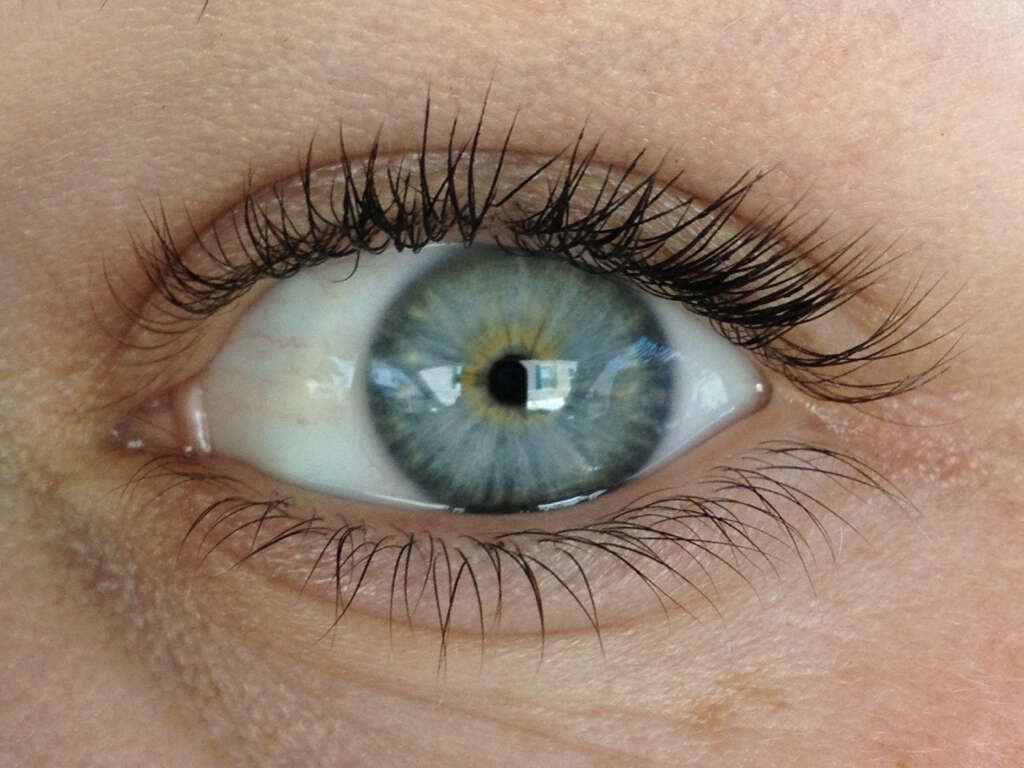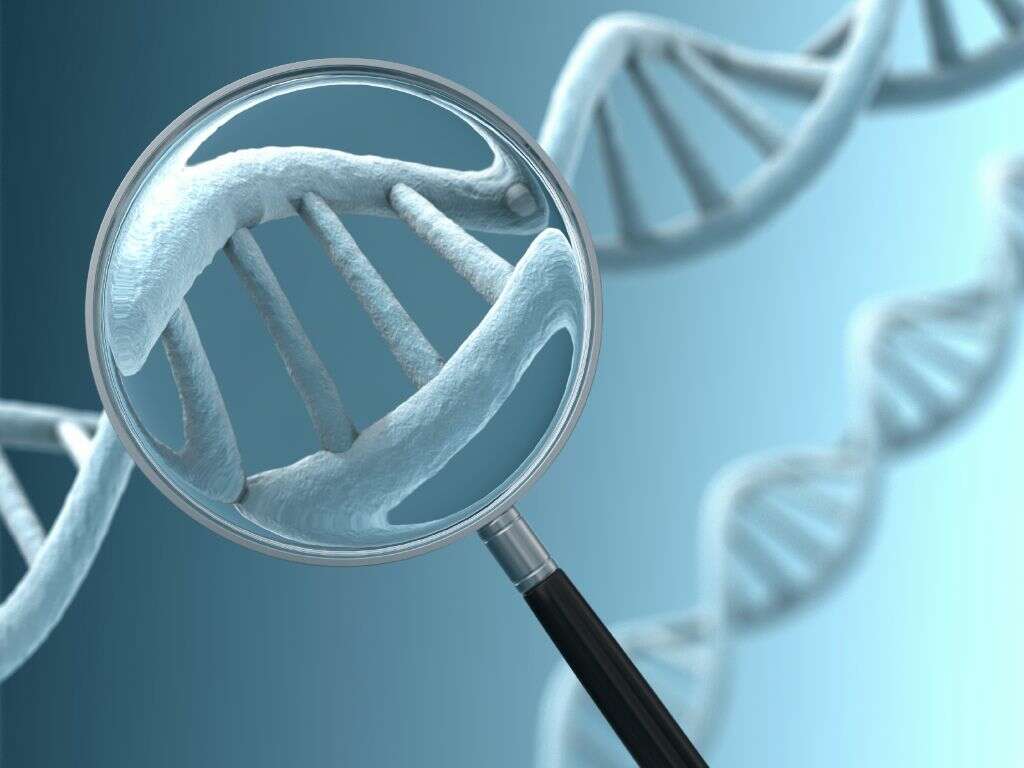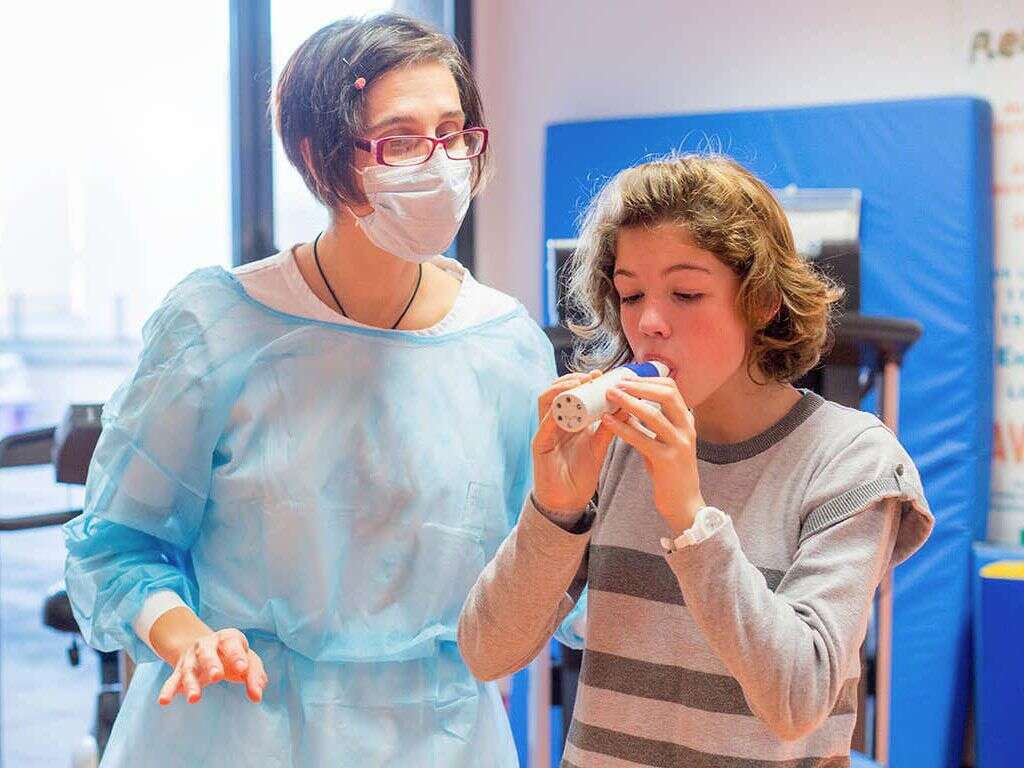What Is Edwards Syndrome?
Our genes contain much of the information that helps to determine who we are. Pretty much everything else is determined by our experiences and the environment we are bought up in. Our genes are passed down from each of our parents, and things can sometimes go wrong as they are being passed down.
Our genetic information is carried in or chromosomes. In a rare number of cases, errors in the processes mean that some people have abnormalities in regard to these chromosomes. This can result in some very unwelcome symptoms, and can be a very real threat to the patient’s life. One such example is Edwards syndrome.
1. Trisomy
Each of our cells has a pair of chromosomes, with one passed down from each parent by their sperm and eggs. Sperm and eggs, technically known as gametes, are created by a process known as meiosis. The process does not always go smoothly, however, and some sperm and egg cells will end up with two copies of a chromosome instead of one.
This leaves the gametes with 3 chromosomes in total: two copies of one, and one copy of another. If either these gametes are then involved in fertilization, the embryo will also have an extra chromosome. The process can result in cells that have incomplete or complete extra chromosomes, and it can also be a different chromosome involved.
2. Trisomy 18?
Human cells will typically have 46 chromosomes, each of which has been numbered. The chromosome associated with Edward’s syndrome is chromosome 18. The chromosome contains up to 300 genes, and it allows the body to create proteins. Proteins are important to us because they are needed for numerous different roles in the body.
When chromosome 18 is the additional chromosome, it is known as trisomy 18. The condition is also known as Edwards syndrome. It is a rare condition, but is still the second most common trisomy defect. The most common is trisomy 21, which is better known as Down syndrome.

3. Still Births
A developing fetus needs to be able to develop properly if the child is to be born healthy and well. Sadly, some fetuses’ development goes wrong to the point that they don’t even make it to birth. Some will die while still in the mother’s womb, and this is often the case in fetuses with trisomy 18. Most fetuses with Edwards syndrome are now diagnosed before they are born.
Studies have suggested that the majority of fetuses with the syndrome do not make it to birth. For those that do survive until birth, many will have experienced intrauterine growth retardation. This means they will be born smaller than usual, and they can go on to have further complications after birth.
4. Clenched Fists
Babies typically have an instinct to grasp onto whatever is placed into their hands. Indeed, the grip is often tested by doctors and midwives to help determine how healthy the patient is. Such a test is not typically possible in patients born with Edwards syndrome, however. Of the patient’s that do survive, Edwards syndrome will typically cause them to have certain abnormalities.
This includes abnormalities of their hands. Babies born with the condition will typically have their fists clenched tight. Another typical symptom is overriding fingers, which means certain fingers are lying on top of others. The patient will also typically have smaller fingernails than usual.

5. Facial Abnormalities
In addition to deformed hands, patients with Edwards syndrome will also often have deformities of the face and skull. These deformities will typically include microcephaly, which is an unusually small head. Their ears are likely to be malformed and also set lower on the head. Their eyes are likely to be wider than usual and their eyelid openings are likely to be narrow.
In addition, the patient is likely to have a smaller than usual jaw and an upturned nose. A cleft palate is another common feature. In other parts of the body, the patient will likely have clubbed feet. A short sternum, which is the chest bone, is another common symptom.
6. Organ Defects
Edwards syndrome can also cause defects in certain organs, and this can make the patient’s life even harder still. One organ that can be affected is the heart, meaning that the patient will have potentially dangerous circulation problems. Heart defects are a common cause of fatalities in children born with Edwards syndrome.
Another organ that can be affected is the kidneys. This can also be very serious because the kidneys are essential to us, because they help to keep our blood clean and free of toxins and other impurities. Kidney failure is another relatively common cause of fatalities in Edwards syndrome.

7. Neurodevelopmental Delays
Patients with Edwards syndrome will also likely suffer from neurodevelopmental delays. This means that the brain will not develop as it should, thus resulting in a range of unwelcome symptoms. For example, people with neurodevelopmental delays will tend to suffer from learning disabilities.
The patient is also likely to find it difficult to maintain self-control, and they can also struggle to control their emotions. They are also likely to suffer from a poor memory. Neurodevelopmental delays can also mean motor disorders, and the patient can find it difficult to control their own bodies. They will also find it difficult to communicate with other people.
8. Risk Factors
In the majority of cases, Edwards syndrome is down to random problems with the formation of eggs and sperm. This makes it difficult to tell who is most at risk, but there are some categories of people that are in a higher risk group. For example, the condition is more likely to occur as the mother gets older.
In a rare number of cases, the condition is inherited. In some instances, not all of the patient’s cells will have the extra chromosome. When this happens it is known as mosaic trisomy, and the symptoms are likely to be less severe than usual.

9. Diagnosis
Edwards syndrome is usually diagnosed before the patient has been born. This is thanks to standard screening procedures, which includes ultrasound, that helps experts to look for abnormalities with the fetus’s anatomy. Another test is chorionic villi sampling, which will involve taking a sample of cells from the mother’s placenta.
Blood samples can also be taken for analysis, and there are several tests that will help to look for signs of Edwards syndrome and other complications. It is important to diagnose the condition as soon as possible to help prepare the patient for the complications that Edwards syndrome can cause.
10. Treatment
As things stand, there is no way of curing Edwards syndrome, and no effective way of treating the condition. However, the patient can sometimes be treated for their symptoms, and also to help deal with defects and abnormalities. How effective treatment will be will depend on the severity of the patient’s symptoms.
Sadly, the majority of babies will not make it to birth, and even fewer will make to beyond their first birthdays. This has raised ethical questions over how to treat newborns that probably have a slim chance of survival. When patients with Edwards syndrome do pass away, it is usually down to cardiac failure, respiratory failure or neurological instability.











